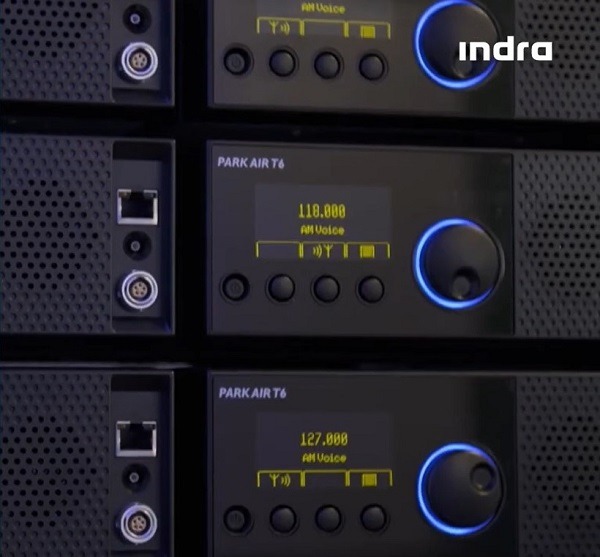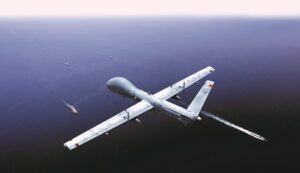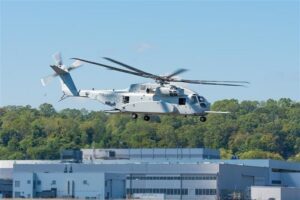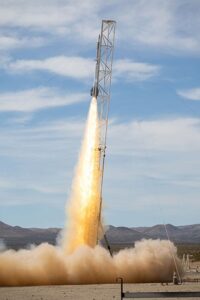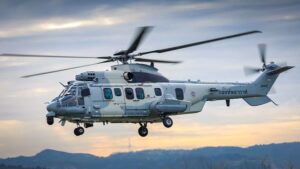It will supply over 800 cutting-edge radios to guarantee high levels of security and efficiency for robust voice and data communication in all of Brazil’s air traffic and defence operations
Indra has been awarded a contract by the Brazilian Air Force’s Department of Airspace Control (DECEA) through the Airspace Control System Implementation Commission (CISCEA) to modernize Brazil’s complete ground-to-air communications system.
The project seeks to reinforce the security and guarantee the sovereignty of the country’s airspace and includes the supply of over 800 state-of-the-art, scalable and flexible radios to optimize the air traffic and defence operations in the 22 million-plus square kilometers of Brazilian sky.
The Indra Park Air T6 radio devices feature advanced technology that applies the highest security standards and new software to improve the voice quality and efficiency of communications between pilots, air traffic controllers and different agents. They also incorporate simultaneous call transmission (SCT) capabilities and IP technology for high-demand air traffic environments, together with a compact and energy-efficient design manufactured with sustainable materials to minimize the environmental impact.
“It’s an honor for us that a country like Brazil, a benchmark in the adoption of cutting-edge technologies for the modernization of air traffic management in its skies, has relied on our ground-to-air communications systems for over 20 years. This, together with Indra’s undisputed leadership in Latin America, where our technology can be found in almost all the region’s flights, establishes us as one of the main suppliers of air traffic control systems in the region”, declared Victor Martínez, Executive Vice President of ATM at Indra.
Indra is fostering key projects in Latin America, such as the integration and updating of the air traffic control systems of the Central American Air Navigation Services Corporation (COCESNA), which includes Belize, Costa Rica, El Salvador, Honduras, Guatemala and Nicaragua, in order to strengthen the single sky of Central America by creating a set of fully interconnected, integrated and homogeneous spaces in the area.
In global terms, its technology can be found at over 11,000 air traffic facilities and it contributes to the safety of the passengers who take a flight on any day anywhere in the world, given that it plays a part at some point in their journeys.

